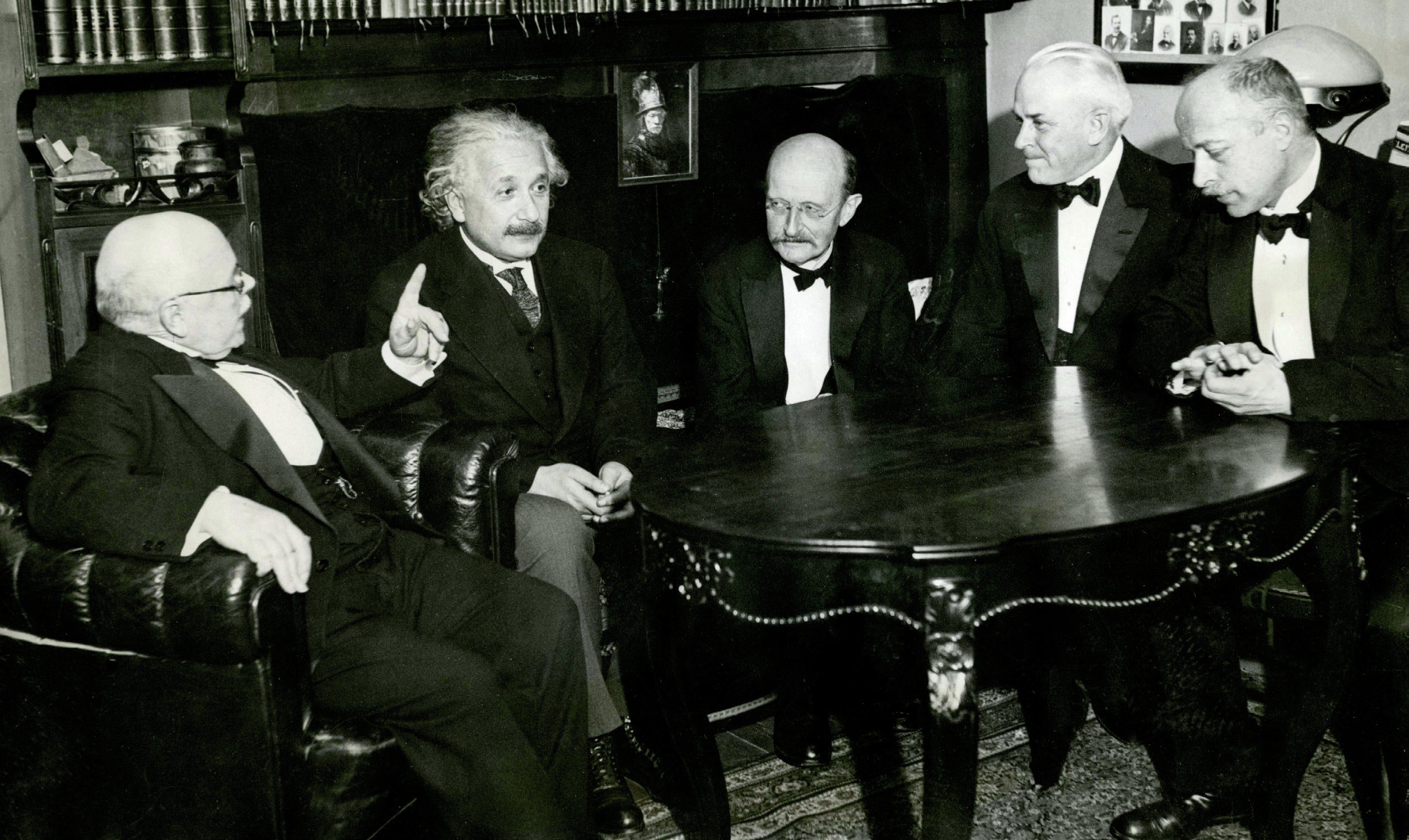
The terms in bold link to topics in the AQA, Edexcel, OCR, WJEC and CCEA A-level specifications, as well as the IB, Pre-U and SQA exam specifications.
Planck’s discovery came about through the mathematics that described the spectrum of black-body radiation. The existence of quanta meant that energy came in small packets. This explained hitherto puzzling phenomena, such as the photoelectric effect and the line emission spectrum of hydrogen.
Your organisation does not have access to this article.
Sign up today to give your students the edge they need to achieve their best grades with subject expertise
Subscribe




